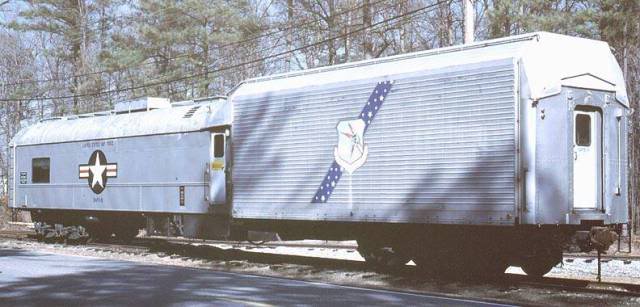Early stuff
When I was in elementary school, I remember seeing my first TV -- A Philco, with a 4" screen.
When I entered middle school (Jr. High), plastics were just beginning -- Bakelite. Electronics were tubes, with transistors just coming in.
My first car, in 1958, was a Rambler, and it had an AM radio.
I used old Merchand calculators, adding machines and a manual typewriter in college.
I remember when the IBM 370 was a new machine, using punched cards input. A little later, the PDP8 was new, as well, with punched paper tape input.
I did statistical work in Omnitab, and later, in SAS.
My first computers were a couple of little things that had to be 'programmed' in assembly code. Later, I 'graduated' to an Apple II+, and thought that 64K of memory was the greatest. Worked with Basic language and the early Visicalc. My first modem, a Zoom, operated at 300 baud.
When the first Mac came in, I 'test drove' one, managed to wipe two test disks clean, [-]got pissed off [/-]irritated, and went with the IBM.
There was no internet. File sharing was by exchange of 5 1/4" disks.
After that, things were something of a blur.
Now I type on a 3 year old Dell laptop, don't/can't program, and live on the 'net. I no longer even pretend to be keeping up with stuff.


